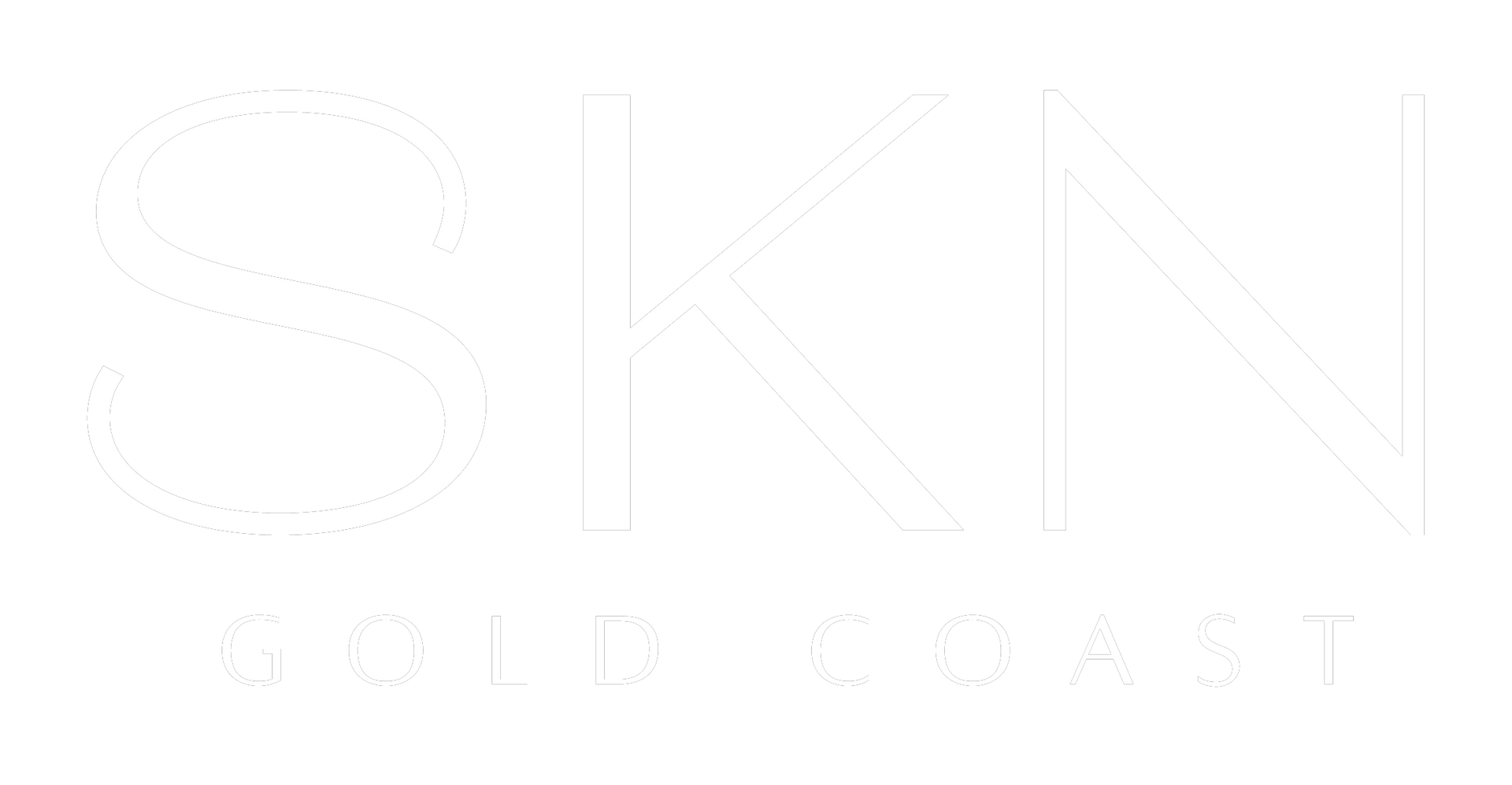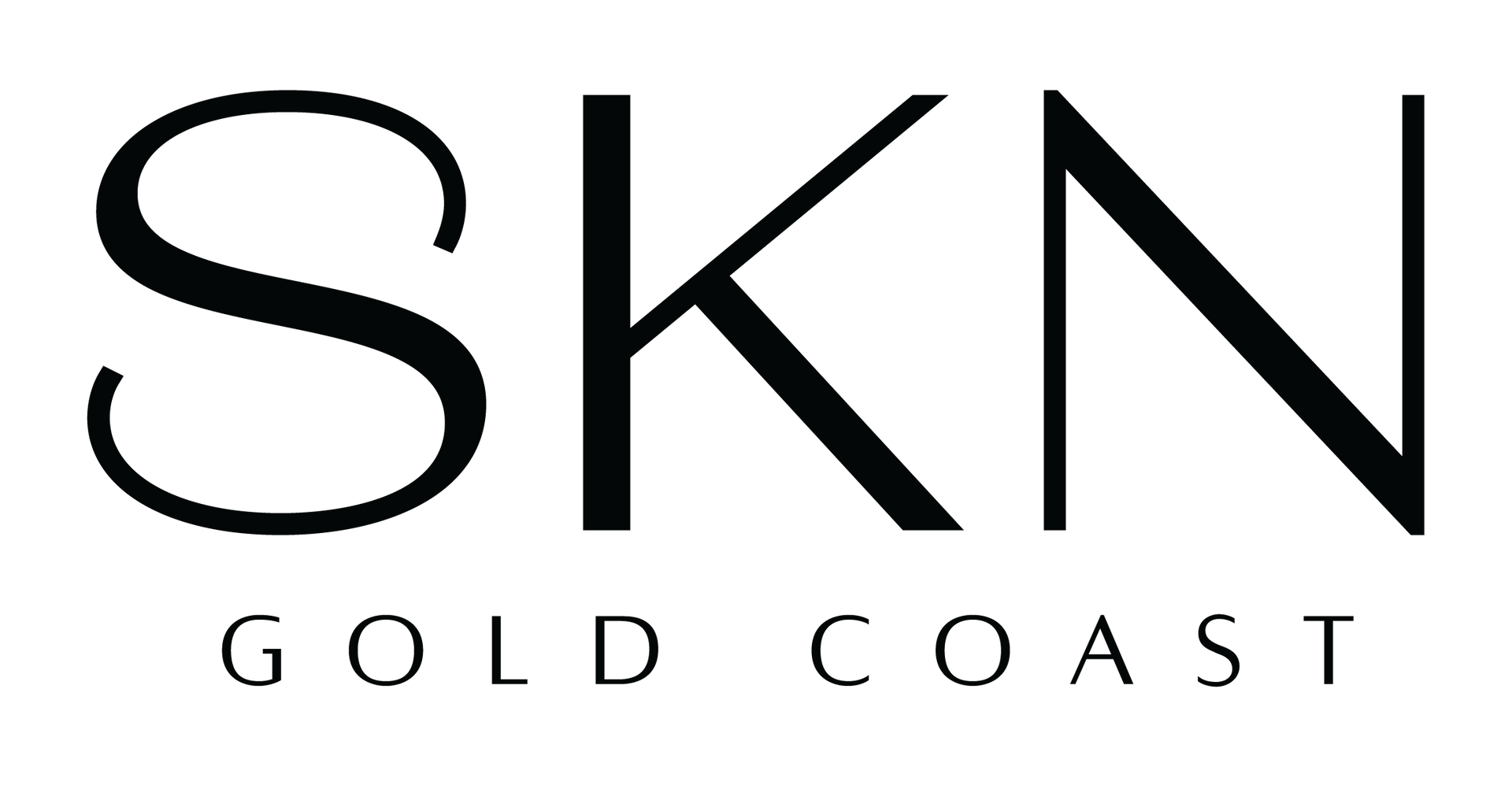Gold Coast Chemical Peel
Chemical exfoliation may be used to help manage visible skin concerns such as uneven tone, rough texture or signs of congestion. At SKN Gold Coast, we offer consultations to determine whether a chemical peel may be suitable for your needs.
Located on the Gold Coast, our clinic follows a structured process beginning with a review of your skin condition, health history and any previous treatments. Chemical peels involve applying a controlled solution to the skin’s surface, which may assist with cellular turnover depending on suitability.
Your consultation will cover how the treatment works, areas that may be addressed and any preparation or aftercare requirements. This process helps you decide whether a chemical peel fits within your broader skin care approach.
Call
0400 762 964 to book your chemical peel consultation at SKN Gold Coast. Our treatments also include
PRIN lymphatic therapy and other
advanced skin treatments.
Forming Part of Your Goals
Consultations for chemical peels at SKN Gold Coast are focused on suitability and planning. We take the time to explain how each type of peel works and when it may be considered.
A chemical peel may involve a single session or form part of a staged plan depending on your goals. Our team provides information about what the process involves and how to manage aftercare.
Your consultation may include:
- Skin assessment & treatment suitability
- Discussion of peel depth & areas treated
- Frequency, spacing & number of sessions
- Recovery timelines & expected skin response
- Care instructions before & after each appointment
This helps clarify how a chemical peel may contribute to long-term skin support when integrated with other services.
Call SKN Gold Coast to discuss whether a chemical peel suits your needs.
FAQs
What is a chemical peel and how does it work?
A chemical peel is a topical solution applied to the skin to support exfoliation and cell turnover. It may assist with surface concerns like rough texture or uneven tone. During your consultation, we explain how the peel works, which layer it affects and whether it’s appropriate based on your skin’s current condition and treatment history.
Who is a good candidate for a chemical peel?
Suitability is determined through a consultation that reviews your skin condition, concerns and any past treatments. Chemical peels may be considered for individuals managing pigmentation, congestion or dullness. We assess your goals, sensitivities and medical history before recommending if this treatment fits within your broader care plan.
How many chemical peels do I need?
The number of sessions vary depending on your goals, skin response and the type of peel used. Some clients may benefit from a single session, while others may follow a series spaced over weeks. Your consultation will outline an appropriate schedule, including how often treatments can be safely performed.
What should I expect after a chemical peel?
After a chemical peel, the skin may appear dry, tight or begin to flake depending on the peel depth. We provide aftercare instructions to guide you through this period. Your consultation includes detailed post-treatment guidance and timing for follow-up if the peel becomes part of an ongoing treatment plan.
Before Your Appointment
Aftercare
- Ensure you have completed your new patient form prior to your appointment.
- Avoid alcohol 24-48 hours prior to your appointment.
- Ensure you are well hydrated, drinking 1-3 litres of water 5-7 days prior to your appointment.
- Avoid excessive sun exposure to the treated area 2 weeks prior—please wear SPF always.
- If the skin is red, irritated or broken, we cannot treat until the skin has completely healed.
- Please discontinue the use of acids, Vitamin A and exfoliants 48 hours prior.
- If you are a darker fitzpatrick, you may need to be on a tyrosinase inhibitor for 2-4 weeks prior to your appointment.
- Please arrive to your appointment with no makeup on.
- Men are reminded that treatment can not be performed over facial hair, please ensure the areas being treated are clean shaven prior to arrival.
- Avoid touching your face for the rest of the day (unless your hands are clean).
- Treat your skin gently—your routine for the next week: AM - Gentle Cleanse, Moisturser & SPF. PM - Oil/Balm Cleanse, Gentle Cleanse & Recovery Cream.
- Skin may be red and warm, similar to the feeling of sunburn or windburn for 1-3 days. Swelling or bruising may occur. This varies from client to client. Ice packs can be used for comfort.
- Allow the skin to peel naturally, do not pick at the skin.
- Don’t apply make-up for 24 hours.
- Avoid heat exposure for 48 hours post treatment—exercise, sauna, massage, UV exposure, scratching, excessive sweating. This will increase the chance of hyperpigmentation. SPF is recommended indefinitely (reapply every 2 hours).
- Avoid fragranced facial products for 2 days.
- Wash skin with tepid water and cleanser, only use products that have been cleared by your practitioner for 3 days.
- Dryness and flakiness or hives may occur. Avoid picking, squeezing, scratching or agitating he skin during the recovery period.
- Avoid exfoliating the treatment area for 3 days as this may injure the skin and can cause hyper-pigmentation.
- Avoid swimming in chlorinated pools or the ocean.
- No products containing AHA’s, BHA's, Vitamin A products, Retin-A, scrubs, enzymes, Benzoyl peroxide, Hydrooquinone, high levels of Kojic/azelaic acid, alcohol (including, but not limited, to isopropyl alcohol/denatured alcohol/rubbing alcohol) for 72 hours.
- Avoid spray or self-tanning for at least 48 hours.
- No waxing, peels, IPL, laser, tattooing, injectables or facial treatments for at least 2 weeks.
- Eat a healthy diet and hydrate with 2-3L of water daily.
If in doubt with any of the above activities or products, please contact your practitioner for clarification.
Facial Risks & Complications
Common Skin Responses—while every precaution will be taken to prevent an undesired skin response, they can sometimes do occur. They may include, but are not limited to:
- Heat and redness (erythema) to the treatment area is common, along with mild skin flaking and superficial lines, this should resolve within 3 days post treatment. Ice is great for the management of heat and redness.
- Slight circular redness can occur when treating pigment and will usually appear within 48hrs of treatment.
- Increase in oil production or breakout is common when treating congestion or acne.
- Sensitivity.
- Dry and dehydrated skin.
Uncommon skin responses—the following responses are very rare but can occur in some clients:
- Skin lightening and darkening in the treatment area can occur—darker skins are at a higher risk which is why a Tyrosinase Inhibitor is required prior to treatment
- Grazing, broken skin or blisters can occur, please contact the clinic for appropriate care instructions.
- Swelling and bruising is a common response.
If you have an uncommon skin response, please contact the clinic immediately to ensure the correct steps are taken to treat the area.













